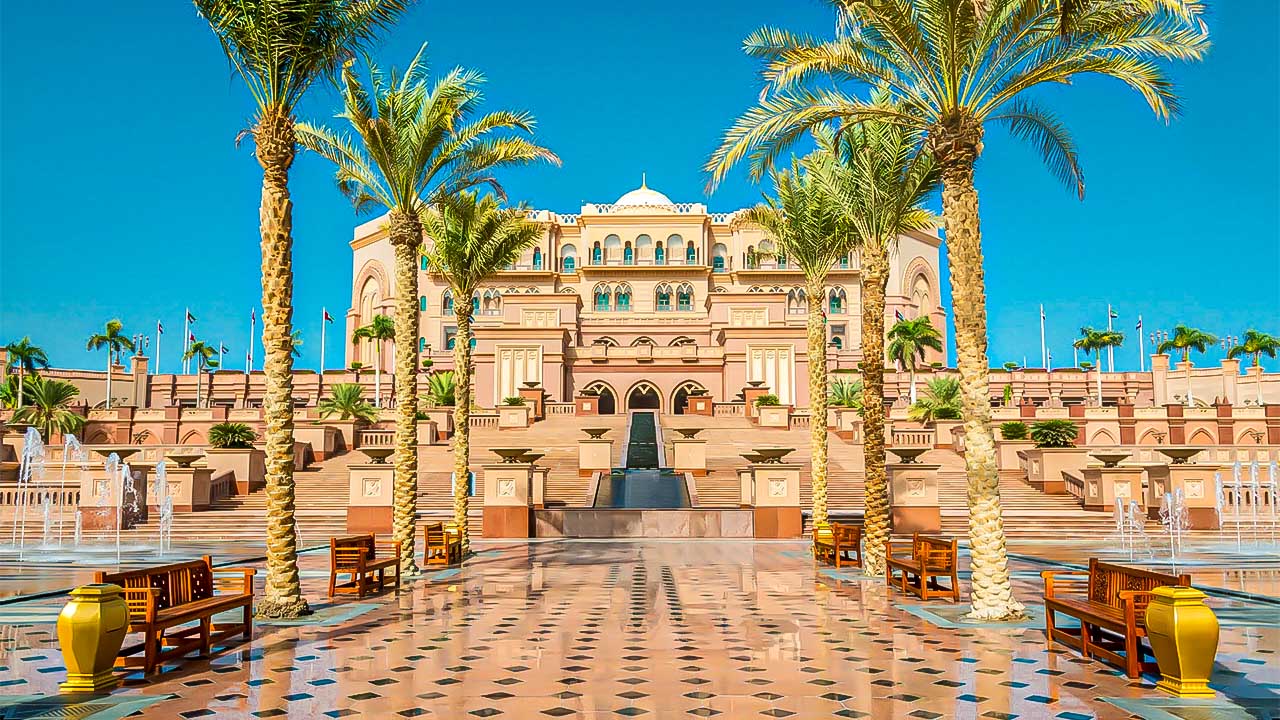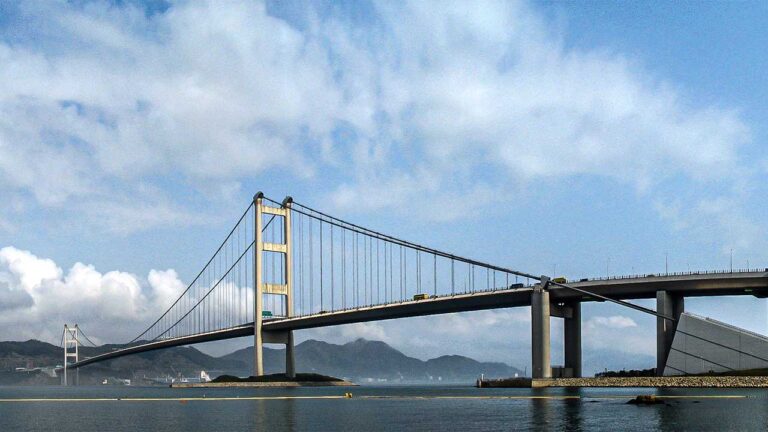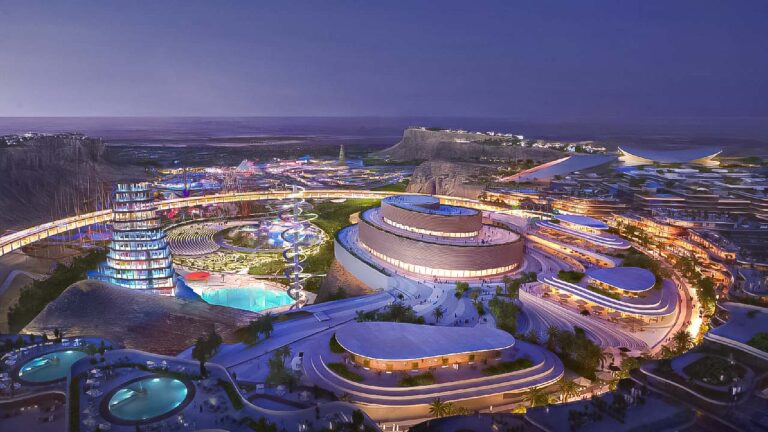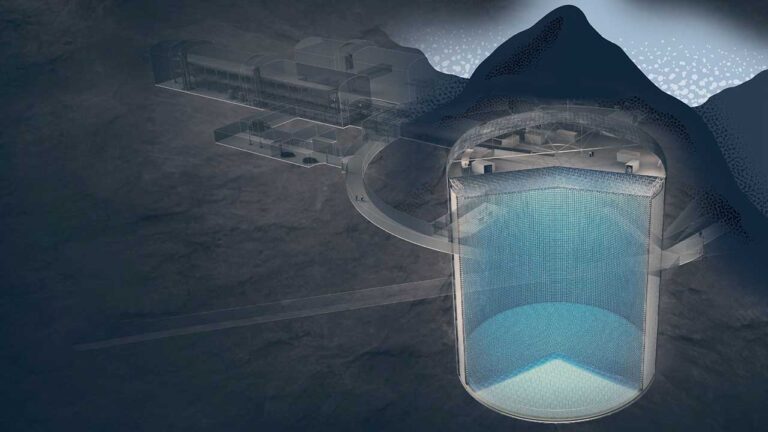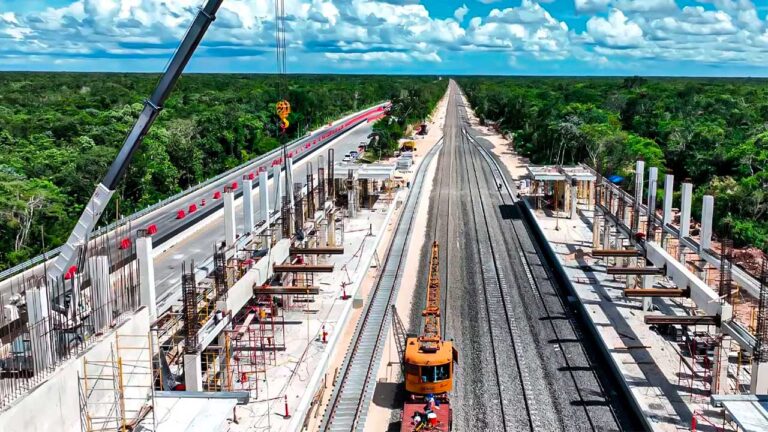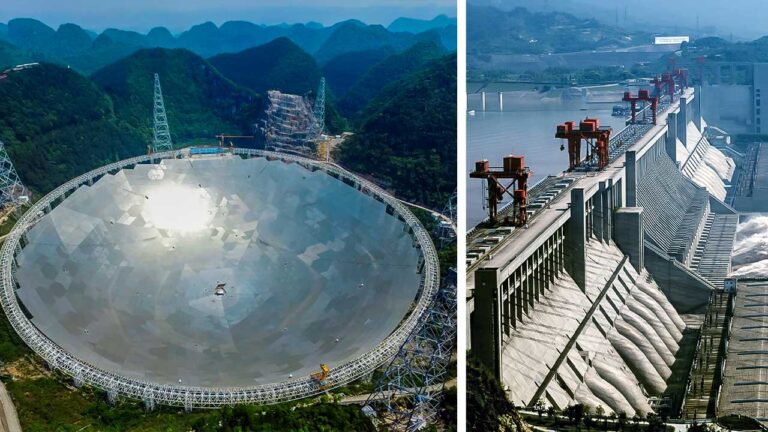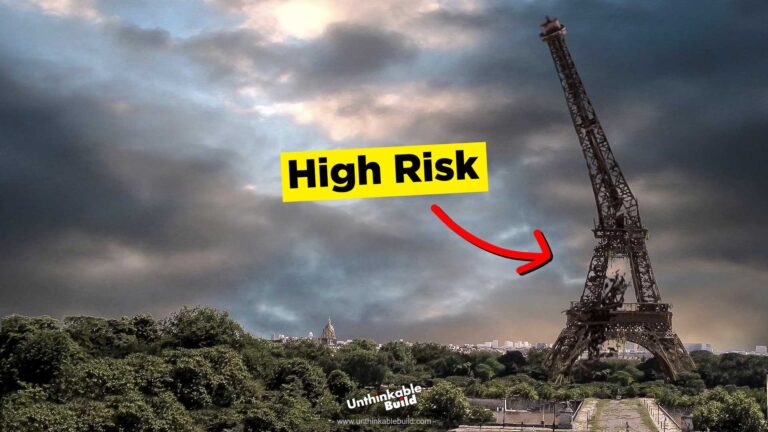Most Expensive Buildings in Middle East
Throughout history, buildings have symbolised the evolution of civilizations, marking humanity’s progress through time. From the ancient simplicity of Neanderthal caves and the lavish beauty of hammams, to the innovative modern structures of the Middle East, architecture has always reflected the spirit of its era. It captures not only the aspirations and dreams of its time but also showcases the technological advancements forecasting our future habitats.
In the past fifteen years, the Middle East has redefined architectural boundaries, fueled by a fierce desire to redefine the region’s image and supported by substantial investments from sovereign funds. This has led to groundbreaking architectural feats, setting new global standards for design and construction. However, this rapid transformation has not been without controversy. Critics have labeled the region as an “Architect’s Disneyland,” questioning the authenticity of its newfound design reputation, suggesting it’s been bought rather than earned. Yet, it’s undeniable that the Middle East provides an unparalleled platform for designers worldwide, offering the resources and freedom to conceptualize the architectural icons of tomorrow.
Today, we will talk about some of the most expensive buildings in the region, which underscore the extraordinary possibilities that arise when financial constraints are virtually non-existent, illustrating a bold vision for the future of architecture.
National Museum of Qatar
Nestled in the heart of the Middle East, the National Museum of Qatar, a striking architectural marvel, draws its inspiration from the desert rose—a natural phenomenon where crystals mimic the shape of a flower. Spanning a vast 430,000 Square Feet, this masterpiece by the renowned architect Jean Nouvel features 11 Permanent Galleries. Its unique structure comprises interlocking discs, ingeniously designed to shield visitors from the intense desert heat. Occupying a 1.5 Million Square Foot site at the southern tip of Doha’s Corniche, the museum emerges like a mirage from the sea, accessible via two pedestrian bridges and a roadway.
The construction of this iconic structure came with a hefty price tag of $434 Million. The museum’s interwoven design seamlessly melds into the historic waterfront district, enhancing and invigorating the area in countless ways. Such is its allure and significance that Time magazine, in 2019, acclaimed it as one of the World’s Greatest Places to Visit.
Also Read: Grand Ethiopian Renaissance Dam: Africa’s Most Controversial Dam
Louvre Abu Dhabi
After the National Museum of Qatar we have the Louvre Abu Dhabi, one of the most expensive buildings, If you look at the building, you must be curious: what is special about this building? What makes this building so expensive? Let me explain!
The Louvre Abu Dhabi, an emblem of cultural confluence, represents a significant extension of the famed Louvre beyond France’s borders. Crafted by the visionary Jean Nouvel, this 260,000 Square Foot structure, enveloped by a striking tessellated dome, was constructed at a cost of around $100 Million. However, the financials extended beyond mere construction; Abu Dhabi incurred an additional $520 Million to lease the prestigious ‘Louvre’ name for three decades. This brings the total cost to about $620 Million, making it one of the most expensive buildings in the Middle East.
Strategically positioned on Saadiyat Island in the United Arab Emirates, the Louvre Abu Dhabi epitomizes a landmark agreement between the UAE and France, inked in March 2007. This accord, allowing the use of the Louvre brand until 2037, marks France’s largest cultural project overseas. Spanning 24,000 Square Meters, with 8,000 Square Meters dedicated to galleries, it stands as the Arabian Peninsula’s largest art museum.
Grand Egyptian Museum (GEM)
So, as we’ve talked about museums, the next on the list is the Grand Egyptian Museum, which has a unique history.
The Grand Egyptian Museum, also known as the Giza Museum, is a monumental project in Giza, Egypt, emerging from a competitive landscape in 2003 where prominent design firms vied for the opportunity. The winner, Irish firm Heneghan Peng Architects, saw their vision commence in construction in 2005. However, the journey to completion has been fraught with challenges, including the 2008 financial crisis, the Arab Spring in 2011, and the COVID-19 pandemic, all contributing to significant delays. Despite these setbacks, there’s a growing buzz about an impending inauguration.
Situated just 2 Kilometers from the iconic Giza pyramid complex, the museum is poised to be an archeological marvel, showcasing over 100,000 artifacts from ancient Egyptian civilization. This includes the complete Tutankhamun Collection, with many items being displayed for the first time. Spanning 81,000 square meters (872,000 sq ft), it is set to be the World’s Largest Archeological Museum. The GEM is a cornerstone of the “Giza 2030” master plan, designed to revitalize the Giza Plateau. The project’s budget is a staggering $1.08 Billion.
The construction was executed by a joint venture between the Belgian BESIX Group and Egyptian Orascom Construction. Originally slated for completion in 2013, the GEM’s opening has been subject to numerous revisions. In July 2023, the Egyptian Minister of Tourism and Antiquities expressed hope for the museum’s opening between October 2023 and February 2024, signaling a long-awaited debut in the near future.
Burj Khalifa
Let’s talk about skyscrapers. Although the Middle East, especially Dubai, is known as the hub of skyscrapers, the next building we will discuss is the Burj Khalifa, which is one of a kind.
The Burj Khalifa, an architectural and engineering marvel, stands as a symbol of Dubai’s ambition and futuristic vision. Towering at a staggering height of 2,716 feet, it has redefined the city’s skyline since its opening in 2010. Designed by Adrian Smith of Skidmore, Owings & Merrill, this awe-inspiring structure draws inspiration from the Hymenocallis flower, also known as the Spider Lily, native to the region’s deserts. The building’s unique, tiered design and shimmering glass façade capture the essence of Dubai’s dynamic spirit. Beyond its architectural splendor, the Burj Khalifa offers an upscale urban lifestyle, housing luxury apartments, observation decks with breathtaking views, and state-of-the-art amenities, epitomizing the pinnacle of luxury living.
Initially known as the Burj Dubai prior to its inauguration, this skyscraper has held the title of the world’s tallest building since surpassing Taipei 101 in 2009. It boasts a total height of 829.8 meters (2,722 feet) and has set numerous world records. Among these, it is the tallest existing structure, surpassing the KVLY-TV mast, and the tallest freestanding structure, eclipsing the CN Tower. With 163 floors, it holds the record for the building with the most floors, outstripping the World Trade Center. The Burj Khalifa also features the world’s highest elevator installation and the longest travel distance elevators. It achieved the highest vertical concrete pumping for a building and includes the world’s highest installation of an aluminum and glass façade.
Also Read: Why Russia Is Not Happy with Europe’s Vistula Spit Canal
The building is home to the world’s highest restaurant, At.mosphere, on the 122nd floor. It has been the site of the world’s highest New Year fireworks display and the largest light and sound show on a single building. These achievements not only showcase the building’s engineering and architectural feats but also reflect Dubai’s relentless pursuit of breaking boundaries and setting new global standards. The Burj Khalifa, more than just a skyscraper, is a testament to human ingenuity and the relentless pursuit of excellence.
Emirates Palace
The last on the list is the Emirates Palace, the most expensive building in the Middle East.
The Emirates Palace Mandarin Oriental in Abu Dhabi, a monument to opulence and grandeur, stands as the most expensive building in the Middle East, outstripping even the iconic Burj Khalifa in terms of construction costs. This five-star luxury hotel, which cost an astonishing $3 billion to construct, has been a symbol of lavishness since its inception.
Designed by WATG Architects with Reza Rahmanian at the helm for the exterior, the Emirates Palace showcases a harmonious blend of Islamic architectural principles—like balance, geometry, proportion, rhythm, and hierarchical emphasis—with contemporary design and construction methods. Its central dome, adorned with intricate geometrical patterns, is complemented by 114 smaller domes scattered across the structure. The building’s color palette, inspired by the diverse shades of sand in the Arabian Desert, adds to its majestic allure. Belgian company BESIX undertook the construction, which started in December 2001, while the interior fit-out works were executed by Depa Interiors, Abu Dhabi.
The hotel’s interior is a testament to luxury and extravagance. Gold-leaf ceilings and over 1,000 Swarovski chandeliers exude a sense of royal splendor, epitomizing the heights of lavishness. Despite its staggering construction cost, which makes it the third most expensive hotel ever built after the Cosmopolitan of Las Vegas and the Marina Bay Sands in Singapore, the Emirates Palace has established itself as a benchmark of luxury in the hotel industry.

